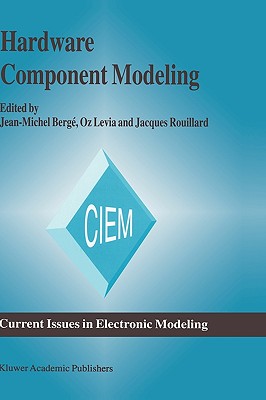
Hardware Component Modeling
工程热物理
¥
1105
售 价:
¥
884.00
优惠
平台大促 低至8折优惠
出 版 社
出版时间
1996年03月15日
装 帧
精装
页 码
134
语 种
英语
综合评分
暂无评分
- 图书详情
- 目次
- 买家须知
- 书评(0)
- 权威书评(0)
图书简介
The VITAL specification addresses the issues of interoperability, backannotation and high performance simulation for sign-off quality ASIC libraries in VHDL. VITAL provides modeling guidelines and a set of pre-defined packages (containing pre-defined routines for modeling functionality and timing) to facilitate the acceleration of designs which use cells from a VITAL library. The VITAL Level-I guidelines constrain the modeling capabilities provided by VHDL in order to facilitate higher performance (Figure I). Accumulating gains Constrained flexibility Higher performance & Increased capacity Benefits Flexibility FujI VHDL 1076 Figure 1: VHDL and VITAL Even within the Level-I guidelines, there are several ways in which a model can be written. In this chapter, we highlight the various modeling trade-offs and provide guidelines which can be used for developing efficient models. We will also discuss the techniques that can be used by tool developers to accelerate the simulation of VIT AL based designs. 2.2. OVERVIEW OF A VITAL LEVEL-l ARCIDTECTURE The VITAL specification is versatile enough to support several modeling styles e.g., distributed delay style, pin-to-pin delay style etc. In general, a VITAL Level-I model can have the structure illustrated in Figure 2.
本书暂无推荐
本书暂无推荐














